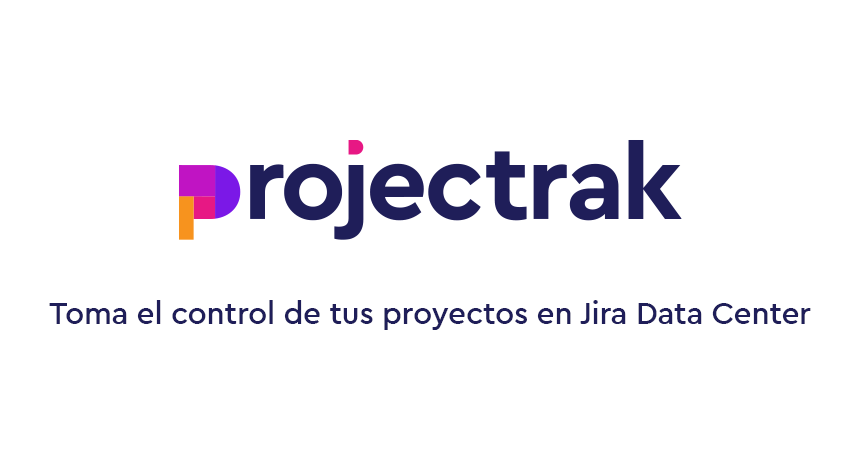
By getting into this read you'll get some basic Jira administration best practices, which provides some insights that will drive you for a successful implementation of Jira Software. In this case, you'll find overall advice focused on everything you shouldn't do when starting with this Atlassian product:
In Jira Software, there’re not unbreakable rules. Here, you'll find five aspects that should be wise to avoid when your team is about to adopt Jira. The list is mostly based on real experiences with customers of all sizes with very different processes they wanted to run on Jira.
You need to track tasks, bugs, or issues (the name doesn’t matter) so you have a series of metrics and reports that provide credible information and offer your team a true image. Again, it doesn’t matter whether you are on development, support, or anything else.
Beware! This doesn’t mean that you can’t create big processes on Jira. You can, but if you have a team of 3 to:
It sounds like a lot, right? That means you should implement Jira as lighter as possible, your end point is removing Jira complexity. Your team has enough on its plate as it is, they don’t need to have a tracking bureaucracy on top of that!
On the other side, if you have different teams for each of the above, go ahead! Create states to monitor every detail in the life of your issues and use Jira to capture different types of tasks. The work of each team would be limited to their “participation frame”. Ultimately, you should measure what makes sense and not overload or micromanage. Processes should be a support, not an unsurpassed wall.
If we treat business processes as the Holy Grail, we will undermine their mission. Then, we’ll have to call an innovation consultant to demolish them, very much like the teacher in “Dead Poets Society” teaches to criticize doubtful methods of grading poetry. I couldn’t agree more with this video!
Don’t try to simulate on Jira what you’d do with Project. Every time you think again of “monitoring the project with Gantt,” remember that:
How to effectively track Jira projects? >>
When designing custom workflows, schemes screens, etc. think that the daily life of your company, department or team is much more important that any project management methodology or framework (it doesn’t matter whether it’s agile, waterfall or based on the reproduction of the codfish).
Independently of the processes you create on Jira, listen to users. They will be the ones to facepalm or endorse what you’re doing. By now many of them will already have used Jira and can be of great help when it come to decide the details of your workflow.
Jira is a tool you can easily set up if you can use the default settings. However, under many circumstances, advanced configurations are needed:
Even if it requires more work, Jira can also cover these scenarios: contrary to what Atlassian states, the product is somewhat underwhelming. Jira is not only an issue and project tracker.
Jira supports multiple workflows (and I’m talking in a broader sense here, extending to data input and output, notifications, etc.). You will need two skills in your team to frame this:
Remember to remember that Jira was designed to manage issues within a project and monitor those issues without looking at the broader management. To do that, you can complement the product with plugins like Projectrak, which contribute to the project with smart and actionable information.

Are you looking for a solution that helps you to track projects in Jir easily? Get to know what's Projectrak.
Projectrak is a solution that helps you to categorize, visualize, and analyze your project information with ease. You'll get advanced searches, custom fields, and board views to streamline your workflow. Start your free trial today by clicking the button below:
These Stories on Jira Software
No Comments Yet
Let us know what you think